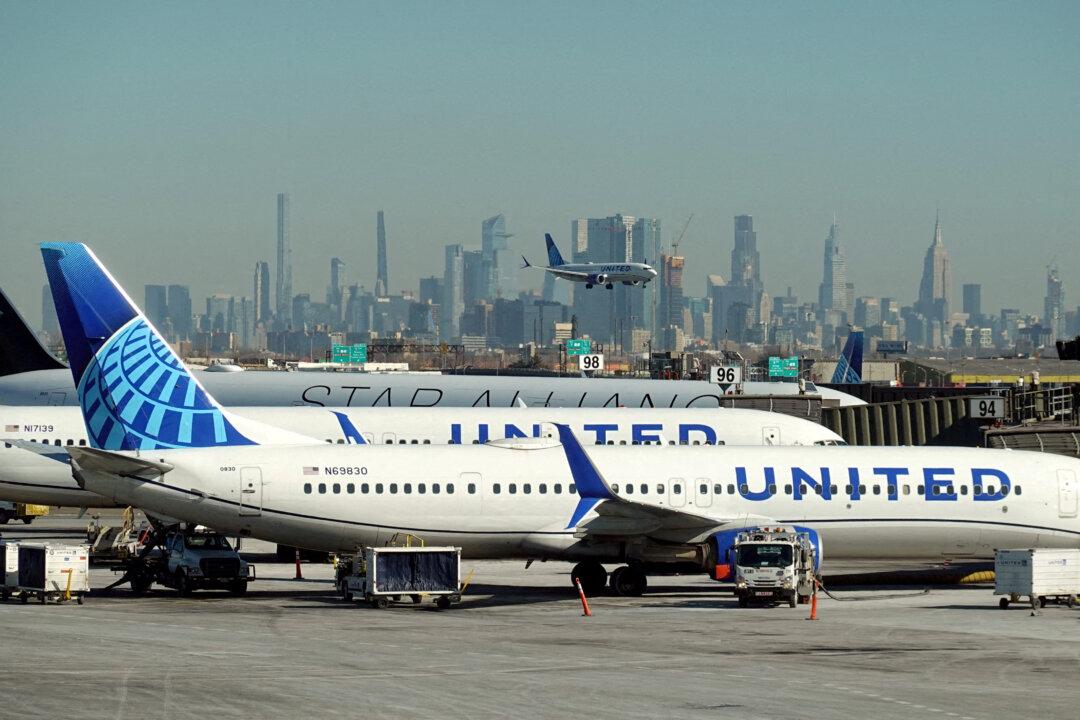SEOUL—North Korea test-fired a newly developed hypersonic missile this week, state news media KCNA reported on Wednesday, joining a race headed by major military powers to deploy the advanced weapons system.
North Korea fired the missile off its east coast towards the sea on Tuesday, South Korea’s military said, as Pyongyang called on the United States and South Korea to scrap their “double standards” on weapons programs to restart diplomatic talks.
North Korea has been steadily developing its weapons systems amid an impasse over talks aimed at dismantling its nuclear and ballistic missile arsenals in return for U.S. sanctions relief.
Sung Kim, the U.S. special envoy for North Korea, said the latest launch was “destabilizing” and posed a regional threat, but Washington would continue diplomatic efforts to denuclearise the Korean peninsula.
“We are waiting to hear back from Pyongyang. We have made a number of approaches ... and proposed dialogues on a wide range of topics,” he told a virtual forum from Jakarta where he serves as U.S. ambassador to Indonesia.
Bonnie Jenkins, U.S. under-secretary for arms control and international security, told Reuters in reply to a question at the Geneva Centre for Security Policy that Washington was seeking more information on the latest tests.
“The U.S. still is promoting a diplomatic solution. We still want to have an open door to diplomacy with North Korea. So we are hoping that in addition to the tests, that they will also say ‘let’s have some conversations again’,” she said.
Unlike ballistic missiles that fly into outer space before returning on steep trajectories, hypersonic weapons fly towards targets at lower altitudes and can achieve more than five times the speed of sound—or about 3,850 mph.
South Korea’s Joint Chiefs of Staff said the North’s hypersonic missile was at an early stage of development, judging by detected velocity and other data, and would take a “considerable period of time” until it could be deployed.
The development of the weapons system increased North Korea’s defense capabilities, KCNA said, describing the hypersonic missile as a “strategic weapon”.
North Korean leader Kim Jong Un did not inspect the launch, according to the report.
“In the first test-launch, national defense scientists confirmed the navigational control and stability of the missile,” the report said.
Next Generation of Arms
Hypersonic weapons are considered the next generation of arms that aim to rob adversaries of reaction time and traditional defeat mechanisms.The test could mean the North is entering an accelerating race to deploy the weapon now involving the United States, Russia, and China.
The United States on Monday said it had tested an air-breathing hypersonic weapon, marking the first successful test of the class of weapon since 2013.
In July, Russia successfully tested a Tsirkon (Zircon) hypersonic cruise missile, a weapon President Vladimir Putin touted as part of a new generation of missile systems without equal in the world.
Chang Young-keun, a missile specialist at the Korea Aerospace University, said the North’s test of the hypersonic gliding vehicle (HGV) was likely a failure, given the flight was clocked at Mach 2.5, citing a reported assessment by South Korean military intelligence.
“The North’s HGV technology is not comparable to those of the U.S., Russia, or China and for now seems to aim for short-range that can target South Korea or Japan,” Chang said.
North Korea last week said it was willing to consider another summit with the South if mutual respect between the neighbors can be assured, following South Korean President Moon Jae-in’s call for a declaration to formally end the 1950-1953 Korean War.
The denuclearisation negotiations, initiated between former U.S. President Donald Trump and North Korean leader Kim in 2018, have stalled since 2019.
The two Koreas both test-fired ballistic missiles on Sept. 15, part of an arms race in which both nations have developed increasingly sophisticated weapons while efforts prove fruitless to get talks going on defusing tensions.





